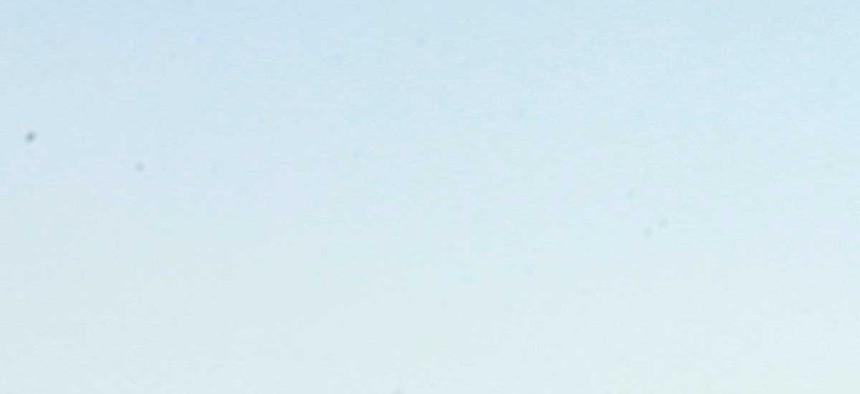
Marines with the Marine Rotational Force-Darwin load into an MV-22B Osprey during Exercise Koolendong at Bradshaw Training Field Area, Northern Territories, Australia. Marine Rotational Force Darwin by Sgt. Sarah Flocco
U.S. Signs 25-Year Military Pact with Australia
Australia will train with U.S. troops based on its northern coast for the better part of the first half of this century. By Ben Watson
The United States and Australia finalized a 25-year deal to more than double the number of American troops training with their Aussie counterparts in a significant step forward for the Obama administration’s contentious “rebalance” to the Asia-Pacific region.
Defense Secretary Chuck Hagel and Secretary of State John Kerry announced the U.S.-Australia Force Posture Agreement on Tuesday in Sydney alongside Australian Defense Minister David Johnston and Minister of Foreign Affairs Julie Bishop.
The agreement includes a substantial commitment of U.S. troops based near the northern city of Darwin.
“This long-term agreement on rotational deployment of U.S. Marines in Darwin and American airmen in northern Australia will broaden and deepen our alliance’s contributions to regional security and advance America’s ongoing strategic rebalance in the Asia Pacific,” Hagel said. “The U.S.-Australia alliance is spurring this progress and will remain a bedrock for a stable and secure order.”
(RELATED: Can the U.S. Military Really ‘Pivot’ to Asia?)
There are now approximately 1,200 U.S. Marines and Air Force personnel training with Australian troops for humanitarian and disaster relief missions, Johnston said. “That, ladies and gentlemen, is going very seamlessly, very well, and it is a classic win-win situation.”
The partnership raises the number of U.S. troops in Australia to 2,500, according to Adm. Sam Locklear, commander of U.S. Pacific Command. Their primary focus will be humanitarian disaster relief similar to the response in the wake of the devastating Typhoon Haiyan that affected nearly 14 million people in the Philippines last year. That disaster summoned aid from nearly every corner of the globe, and signaled China’s rise as a humanitarian force in the Asia-Pacific.
President Barack Obama’s promise to focus on this fastest-growing economic region is now three years in the making—and has had no shortage of critics along the way, especially given the myriad of flareups in the Middle East, Europe and Africa. But despite varied dissent about how much budgetary constraints will limit the rebalance, U.S. officials have nevertheless been able to forge military agreements with Japan, Guam, the Philippines and now this new deal in Sydney.